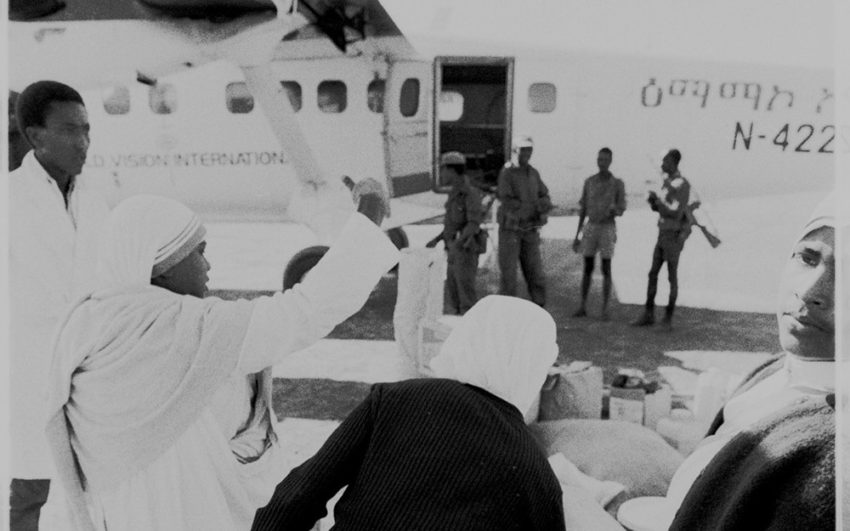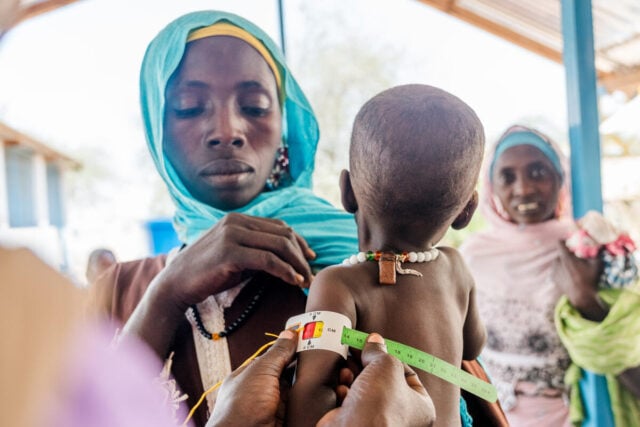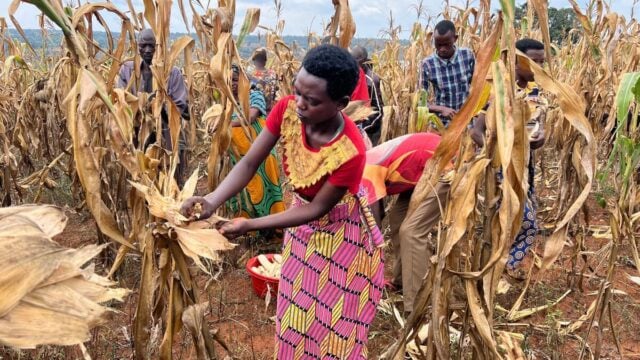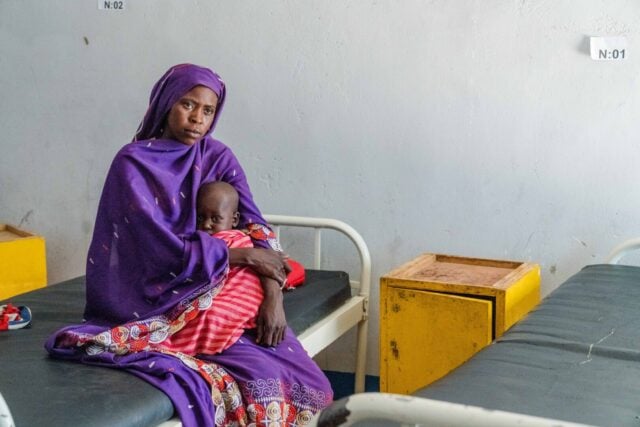In 1984, I was working for World Vision in a remote corner of West Africa when I received marching orders to go to Addis Ababa, Ethiopia’s capital.
For years, World Vision had escorted a parade of international journalists around Ethiopia’s countryside, trying to get the world to pay attention to the impending famine. Warfare, plus poverty, environmental degradation, governmental resettlement, and drought had resulted in abysmal conditions for millions.
No one seemed to care — until Michael Buerk’s dramatic BBC report aired on a slow news day in the fall of 1984.
Directed to help local World Vision colleagues launch what ultimately would become an emergency response of epic proportions, I found that our little advance team of relief specialists had everything we needed, even a Twin Otter aircraft. Everything, that is, except the experienced personnel needed to open our first feeding center.
Teams would arrive, of course … in days or weeks. But every delay meant more lives lost.
We visited a rural trading center called Alamata where thousands of displaced families had gathered. At the open-air market, starving farmers displayed well-used cooking pots, hand-forged plow points, and their wives’ and daughters’ silver crosses. No one was buying. Local authorities begged us to set up operations in an abandoned school.
I returned to Addis Ababa, and on a long shot, I visited the Missionaries of Charity at their Home for the Destitute and Dying. They didn’t know me. I didn’t know them. Feeling rather destitute myself, I hesitantly asked the superior, Sr. Bertilla, if she could send some sisters to help us in Alamata.
Bertilla grinned, explaining that she and Mother Teresa had just spoken by telephone about how best for the sisters to respond to the famine; perhaps my request was an answer to prayer. A few hours later, Sr. Bertilla said that six sisters, plus supplies, would be ready to leave at dawn. We had not exchanged last names or phone numbers. Somehow it didn’t matter.
The next morning we flew with the sisters to Alamata. When we arrived at the ramshackle campus, we were overwhelmed by the murmur of thousands of starving families huddled together in the dust, waiting expectantly. The sisters unpacked their brooms, buckets, and mops and started cleaning a few rooms.
When the first room was ready, the sisters produced a little table from somewhere, unwrapped a cross, unrolled a few rugs, then carefully arranged a makeshift chapel. Three sisters got on their knees and did not move from that position until long after dark.
One of the others, a tiny South Indian, waded through the crowd, doing the desperate triage that was to become the norm at feeding centers. By the time the second room was ready, she had selected two dozen critically malnourished, dehydrated children for life-saving intervention.
And so it went. From that improbable beginning flowed World Vision’s entire, massive relief and rehabilitation program.
During a brief lull that first afternoon, Sr. Bertilla seemed to read my mind. “You know, David,” she said, “People think our ministry is only about physical needs and activism. They are so wrong. We are called to pray, first and foremost. We sisters each spend at least five hours on our knees, every single day.”
Any of us, when faced with human suffering, wonder, “What can I do?”
The Missionaries of Charity gave me a simple lesson that applies in any crisis. You do what’s possible in the moment, of course, but you take time to pray. You make space for it, allowing God the room to work in your heart. Alone, you cannot perform the miracles sometimes required — especially at the epicenter of a major famine.
David Ward led the team that set up World Vision feeding centers across Ethiopia in the 1980s. He is now a freelance photojournalist based in Montreal.




